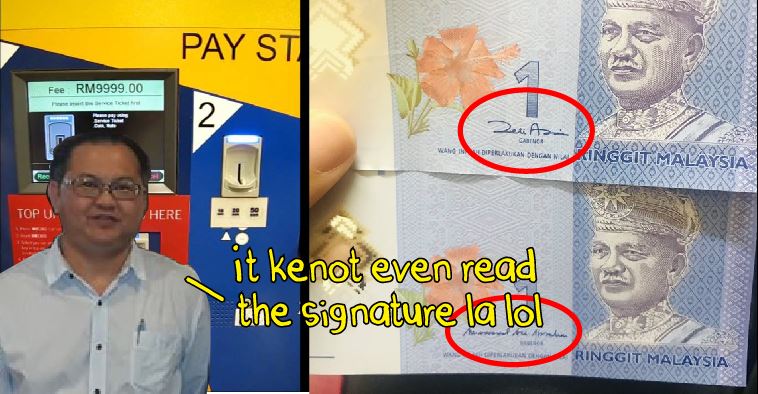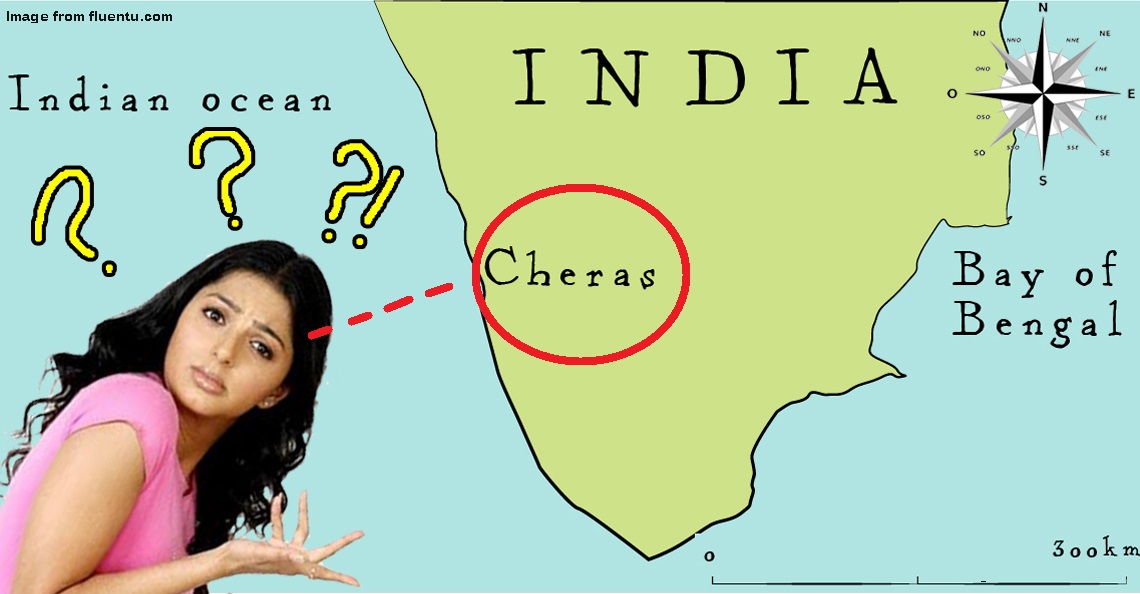8 burning questions about Malaysian Money Changers… answered by a money changer!
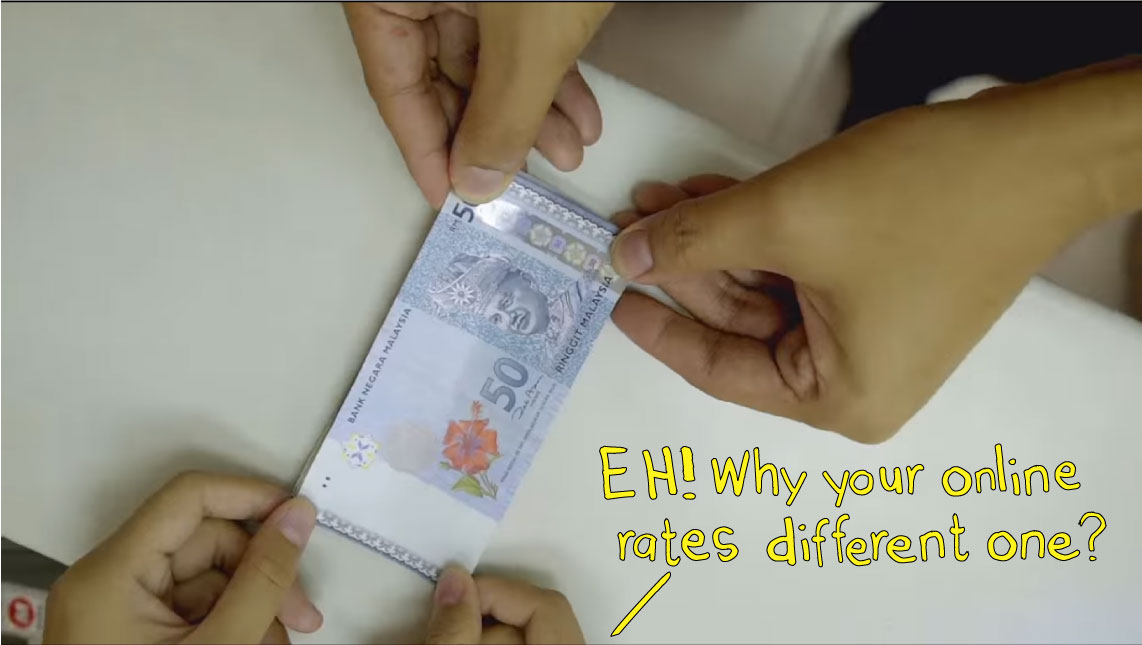
- 3.4KShares
- Facebook2.9K
- Twitter50
- LinkedIn10
- Email161
- WhatsApp304
In case you didn’t know… Malaysia has some of the best foreign exchange rates in the world. Just take a look at how much USD you get for RM1 in America, versus Malaysia. But have you ever wondered why? The money-exchange market in Malaysia is truly a unique one… with rates going for paper-thin margins, and exchange outlets located in pretty much every mall in town.
We were guessing that alot of our readers had burning questions about Money-changers in mind, so we did the only thing we could…
We teamed up with an actual money changer!
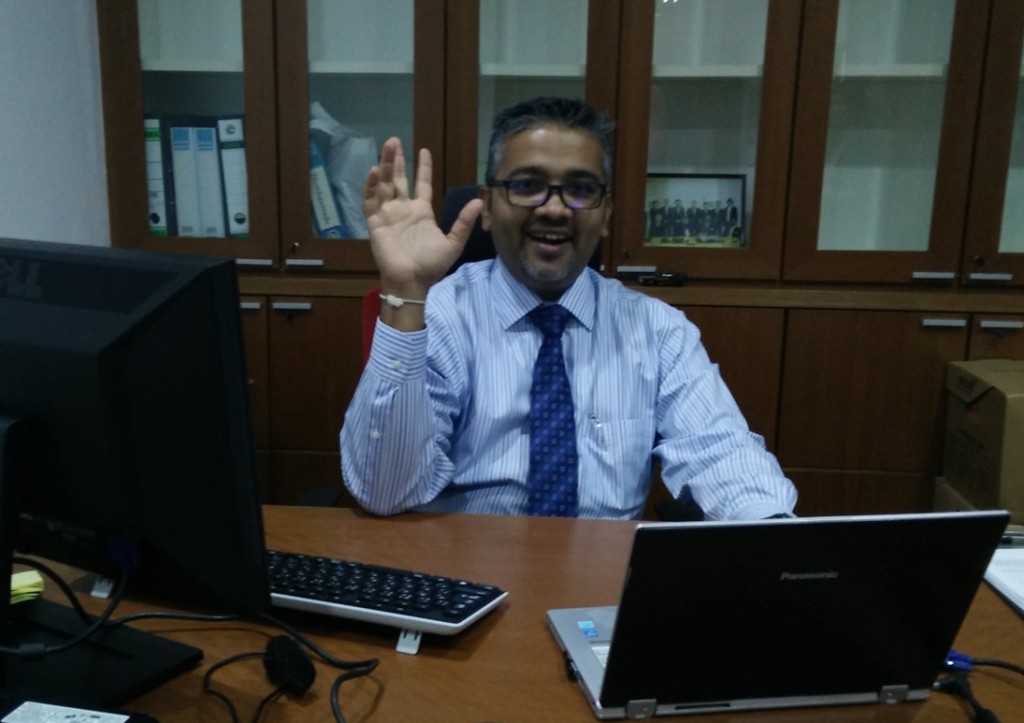
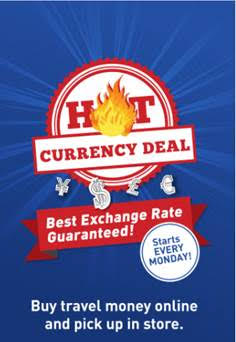
Merchantrade is Malaysia’s largest money exchange/remittance company, with over 300 branches across Malaysia, transacting more than RM4.5 billion a year just in Malaysia! So they’d know a thing or two about the money-changer trade here.
But they’re also moving into the future, with a new eForex app that lets customers pre-purchase foreign currency through the app (whenever you think the rates are nice), and then collect it at a branch of their choice later.
Also, keep a lookout for their Hot Rates every Monday where one currency goes for an AMAZING price (recently, it was Aussie $$, Korean Won, Thai Baht and Viet Dong!). We took a quick look and can confirm with you that their rates are memang super-competitive, sometimes even beating the legendary Mid Valley money-changers.
So less than a month ago, we asked our readers to send their questions about Money-changers, as well as their theories about the actual answers (some of you seriously LOL la). THEN, we cornered Merchantrade Asia Sdn Bhd’s executive vice-president Sarveswarren Raja Gopal and asked him all the questions from ugaiz. And let’s just say, the questions are ALMOST as interesting as the answers themselves. Let’s start with the most asked question.
1. “Almost all the licenced moneylenders I have encountered in Malaysia are mostly Indian. Why ar?” – Matthias Tan
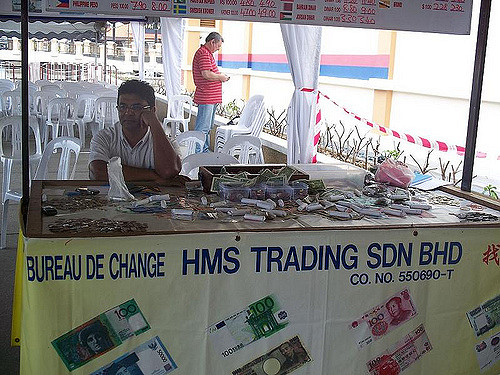
Matthias’ Theory: “I heard from my grandparents that moneylenders in the past were said to be very instrumental in helping to develop parts of Malaysia such as Klang. They money that they borrowed helped to built huge temples, buildings and landmarks.”
Before the racist police go after Matthias, let’s just say that ALOT of people submitted this question. In fact, it was one of the first questions we asked Merchantrade when we met them as potential sponsors 😉 IN FACT PT2: Many people have asked this online here, here and here.
“Money changing came about with the growth of trade and shipping. Money changers mushroomed near our ports, circa 1927 when the opportunities present in Malaya (now called Malaysia) attracted Panaikulam and Arrasakulam people and many of them went to Malaya to earn money.
They mostly settled in Penang in businesses such as money exchange and restaurants.” – Sarveswarren, Merchantrade
We actually found some other research about Chettiars as well, from a UNESCO document.
“Chettiars belong to a lineage of wealthy traders and financiers who made their fortunes by extending their business to the whole of Southeast Asia, particularly during the second half of 19th and early 20th century when they were at the peak of their economic power. [….] in particular in Burma, Vietnam, Malaysia, Singapore, Indonesia and Ceylon where they have built temples. ” – UNESCO
So wow Matthias, spot on! And meanwhile from Wikipedia…
“During the nineteenth century, opportunities present in Malaya (now called Malaysia) attracted Panaikulam people and many of them went to Malaya to earn money. They mostly settled in Penang in businesses such as money exchange and restaurants.” – Wikipedia
So long answer short, they’re keeping it in the family la dey. However, Sarveswarren also mentions that there are other races in the business too, from state-to-state. For instance in Johor, most of the money-changers are Chinese 🙂
* This portion of the article has been edited for accuracy, primarily to indicate that Panaikulams were never in the money-lender trade.
2. “Where do they get the money from to exchange?” – Voo Chuang Shin
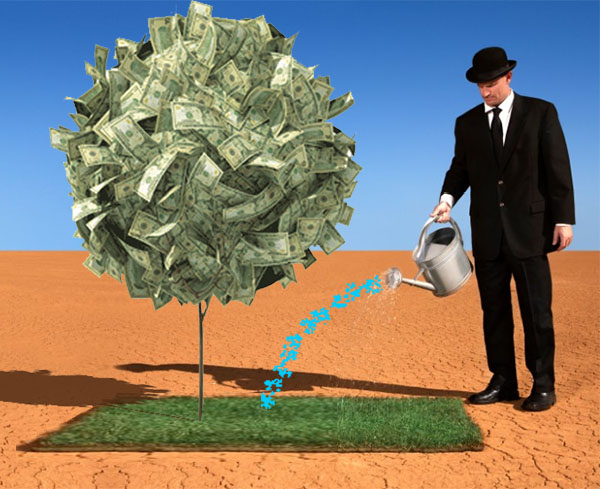
Voo’s Theory: “It is grown overseas in special farms, watered with special alkaline well water and only harvested during the morning dew. No seriously, do you rob banks or something? I mean the exchange rates in Malaysia are quite good compared to foreign countries.”
Maybe MountainDew la, when they’re trying to stay awake, but the truth is… money changers have three sources of foreign notes:-
Customers – Sometimes ugaiz change your Ringgit into USD, sometimes ugaiz change it back from USD back into Ringgit lo. Of course, more Ringgit is usually generated, which is why they might use some Ringgit to buy other currencies from…
Currency wholesalers – These are legit businesses that buy and sell large amounts of money, sometimes across borders and oceans, but being a business, they operate on profits as well, which cut margins down even further. So probably the first source for a Money Changer to find more currency would be…
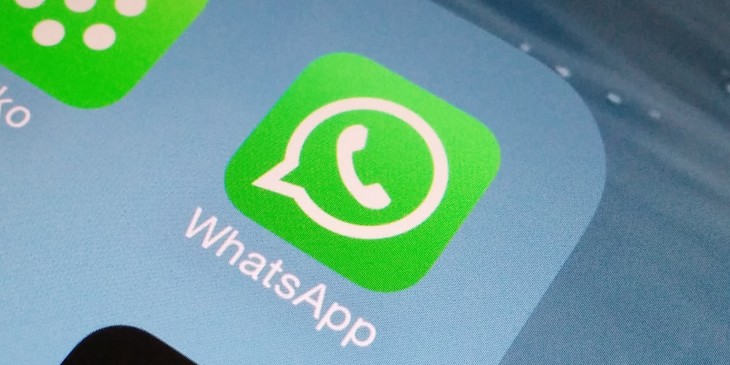
The Money Changer Whatsapp Groups! – They also trade within themselves. We found it quite amusing that apparently most money-changers in KL all have their little own WhatsApp groups, where they talk about all sorts of stuff, including over and understocks of currency.
“So one feller will say “Eh I got extra USD at <xxprice>, who want?” then another will answer “I got, but you want to exchange for Pounds at <zzprice> onot?”” – Sarveswarren, Merchantrade
3. “Where do they keep so much money though? Can they even fit inside a small cubicle or drawers?” – Kelly
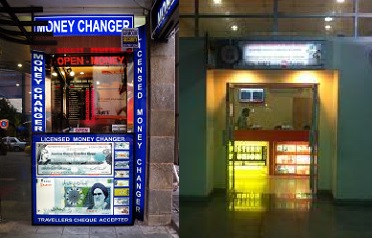
Theory: “In a safe either arranged nicely or shoved inside any drawers or corners. Probably sacks of money that we couldnt see from outside”
Prior to the Money Services Business (MSB) Act of 2011, Kelly might’ve been right.
“Before, they probably had them in drawers or sacks, or even keep it in the car, cos the shop might not be safe. But the MSB act changed all that. Now, they MUST have a safe. Bigger branches mostly have a room behind, but some smaller branches have a safe.” – Sarveswarren, Merchantrade.
Also, Sarveswarren told us that the reason the majority of changers are in malls is because malls have pretty decent security (most of the robberies happen in non-mall outlets like this one in Ampang earlier this year or this one on the outside of Aeon Taman Maluri). While some of the money that goes missing is due to carelessness, but the fact that most of the business is a family business helps alleviate that.
“Also, most of the money is tracked via software approved by the industry, and there are only 5 approved software vendors to date,” says Sarveswarren. Each time shifts are changed, there’s a handover, and all cash is counted and verified.
4. “How do money changers make profit? Given rent & expenses etc.” – Darryl Quah
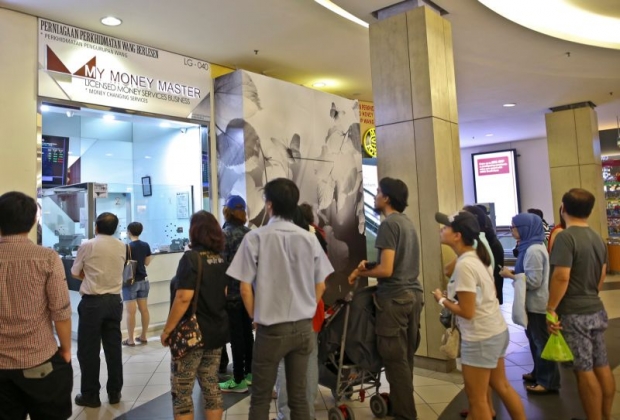
Theory: Keeping foreign currencies until currencies go up before usage. Otherwise keep for customers?
One thing that’s really interesting here is that currencies sold in money exchangers CANNOT match online rates. First off, sites like XE.com offer mid-market rates – buying and selling has to be at different prices so these gaiz can make a profit, so a mid market rate is the average of the two). But the real difference is those are electronic exchange rates whereas these are REAL currency notes flying around, not just electronic numbers – there are additional costs like rent, security, transport costs etc. That’s why most money changers don’t stock coins – they’re expensive to transport.
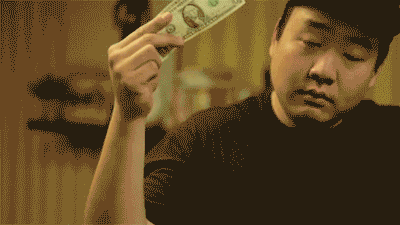
Anyways, according to Merchantrade, different money changers have different strategies, but there’s one common denominator.
“The answer is volume. Some of the money changers can turnover between RM500million to 1 billion a year from just one branch. Even if it’s 1% margin it’s still good money.” – Sarveswarren, Merchantrade
Also, very importantly, they seldom speculate on the market, and treat currency the same way a supermarket treats groceries. “We try to get rid of the currency as soon as possible. Like a kedai runcit feller. I got stock I must sell,” says Sarveswarren. Of course, last year when the Malaysian currency dropped dramatically, money changers did make a nice small profit, but that was only from the stock they already had. Most times, their money is bought and sold within 24 hours, which is why currency wholesalers are contracted to very specific terms. The money HAS to be at this value, arriving no later than a very specific time (e.g. “5pm Tuesday at Mid Valley“), or the sale is invalid.
In fact, the only time they hold long-term inventory is on Saturday and Sundays, because wholesalers are closed. However, weekends and public holidays are quite a busy time for money changers, with many Malaysians frequenting malls, and planning for holidays.
Occasionally they can be stuck with an oversupply of a devaluing currency, in which case they might also buy more new inventory to dilute their expensive currency.
Having said that, the game TOTALLY changes in the rural areas. The downside is that the nearest wholesaler is miles way, and can’t come everyday. But the upside is no competition.
“For the money changer in Simpang Renggam, he don’t care la. The nearest wholesaler is so far away, so you set a rate, and if customer want, he takes la. If don’t want, then go travel to city and buy.”
Off course, the travelling cost alone would mean that Simpang Renggam guy’s rate would be quite favourable. Speaking of which… Merchantrade has an outlet in… Simpang Renggam 😉
5. “How many currencies do they hold at every branch?” – Raul
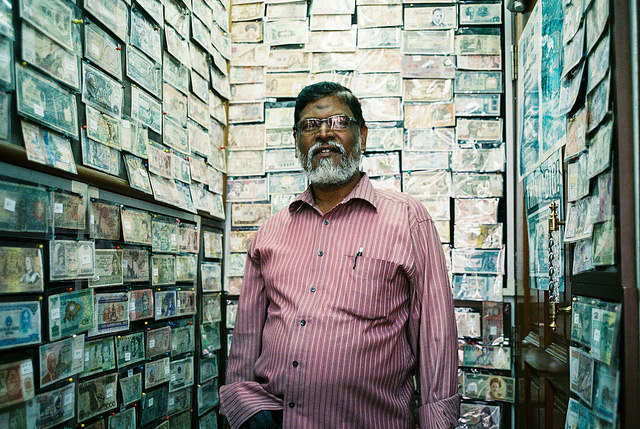
Raul’s Theory: “I dunno that’s why I’m asking”
Heh… well, going back to the supermarket analogy, they only keep stock of what sells. So you can expect currencies like Indo Rupiah, USD, Chinese RMB, Aussie dollars and Euros to be at pretty much every outlet.
“Depending on locations. Urbans probably hold about 25 currencies, and non urban about 15 currencies. Not even small amounts of other currencies. Somedays nobody wanna buy eggs, then why you wanna supply eggs?” – Sarveswarren, Merchantrade
Like groceries, the whole market is based on supply and demand. For instance USD, there’s always an oversupply of USD from tourists, so much so that they often need to export it out. Other currencies are a bit more difficult, including the Ringgit itself, which cannot be traded outside of Malaysia.
Other rarer currencies like Papua New Guinea Kina and Bangladeshi Taka are rarely brought in, simply because there’s too little demand to justify keeping stock. “Before Olympics people asking got Brazillian Reals…. But my shipment cost would kill me already to bring the currencies all the way from Brazil,” says Sarveswarren.
If you wanna double-confirm, might we suggest to try out the eForex app and order your currency before you go collect?
6. “What kind of qualification needed to become the abang/akak at the fx counter?” – Shahir

Shahir’s theory: A diploma in fx or accounting or perhaps ACCA? I don’t know. (Thinking of applying a job there)
Surprisingly, you don’t actually need a degree, although all Money changing businesses are required to have a Money Services Business license from Bank Negara (since 2011). However, at least in Merchantrade’s case, they don’t just hire off the streets. There are… other requirements.

“There are two things we need. ONE, is the skill – by just feeling the note, you know if it’s fake already. Counterfeit machines work but they’re very slow. TWO, is the inherent knowledge of cost. Everyone sure ask “Bos boleh kurang skit ar?”. So knowing the margins is important, and it’s a talent that’s built over the years. That’s why usually you see one older guy and one younger guy, so like one Padawan and one Jedi Master.” – Sarveswarren, Merchantrade.
Amazingly, most of the currency counting machines themselves actually check for counterfeits, but sometimes nothing beats a human touch. Also, if one customer is coming to change fake money, then that aforementioned WhatsApp chat will come in handy. Oh and Shahir, you’ll be happy to know staff also get small bonuses each year to make them negotiate a bit harder 😉
PS: All Merchantrade outlets confirm got counterfeit detection machines.
7. “Does the exchange rate stay unchanged throughout the day? Also why two money changers in the same mall also different rates?!” – Jason
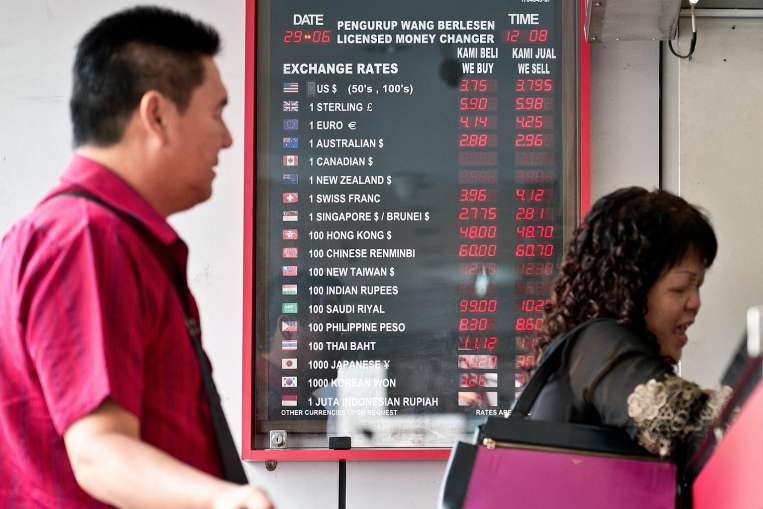
Jason’s Theory: “They might keep the same rate throughout the day, and the operating costs of the two branches might be different maybe?”
So here’s the surprise – each BRANCH sets its own currency exchange. They do this based on multiple factors – what the absolute prices of their stock are, how much stock they have left, how much rent is, and also what their competitors are charging.
“Again, Klang Valley guys probably update more frequently, 2-3 times a day, they have to be competitive with 3 money changers in one mall. But outside the valley, they all more chill. Cos less competition…Tak mau, tak mau la…” – Sarveswarren, Merchantrade
The more volatile a currency is, the more careful you will be in building inventories. “We also got issues like… “Sorry rupiah no stock bro”. So if everyone says that, what will happen? Price goes up!”, says Sarveswarren. What about online rates? Well they’re more of a guideline, which some shops might honour, but others might have to pay higher rent, or have low stocks… which is why there’s always a disclaimer that “Rates are subject to change”.
He also says that Malaysians should try to calculate how much they’re actually saving going branch to branch, finding parking, and spending time looking for the best rate to change amounts less than RM3k. Of course, he also told us to download Merchantrade’s eForex app and buy currencies when they’re at a nice enough price for you 🙂
8. “What happens to me if I consistently change foreign currency to Ringgit Malaysia, more than RM3K in value everytime? Multiple times in a month.” – Ilyas
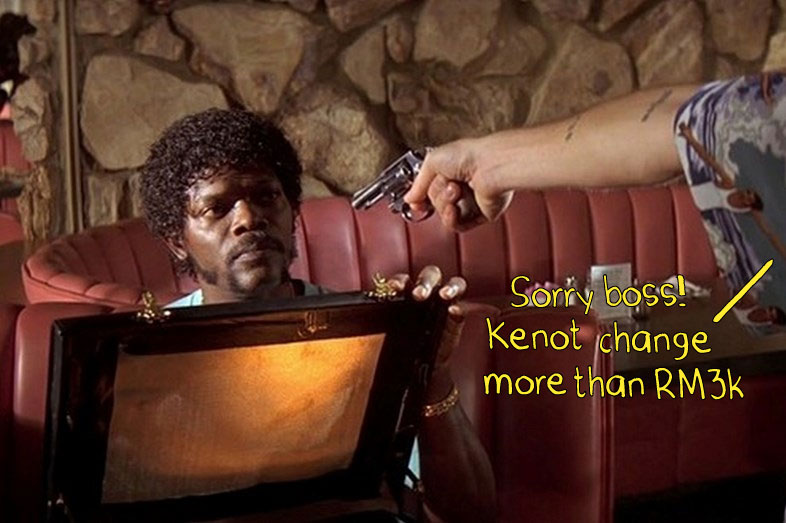
Ilyas’ Theory: “I’M GONNA GET ARRESTED FOR MONEY LAUNDERING OMG”
Well, Ilyas, you’re right about the law. According to the IMOLIN (International Money Laundering Information Network), any amount more than RM3k in cash needs to be reported. We didn’t even know about this before (*looks at Ilyas suspiciously*). So here’s the official answer.
“Anything below RM3k, we don’t collect documents. You buy RM2999, I don’t ask who are you, whats your ID anything. After RM3k, then I have to ask for your ID.” – Sarveswarren, Merchantrade
Each money changer is required to manage their currency. Remember all those audited softwares we talked about in Question 3? They also note occasions where someone changes high amounts of money. So if you’re doing RM3k in 3 branches in the same day, they’re definitely gonna ask why. What they’re looking for? Well mainly evidence of money-laundering and terrorism financing.
OMG Money-exchanging is so interesting!

Honestly, before we came into this article, we didn’t know what the response would be… but we received loads of really curious questions, some of which we don’t have the space to answer today. If you have more questions, do send them our way or leave them in the comments below and we might even ask Merchantrade to sponsor another round!
In the meantime, thanks our sponsors for layaning all the questions! Please layan them back and try out their new awesome app eForex, that lets you book currencies from the comfort of your home!
PS: If you REALLY love this article, then vote for their e-Remit app to win an award!
- 3.4KShares
- Facebook2.9K
- Twitter50
- LinkedIn10
- Email161
- WhatsApp304



